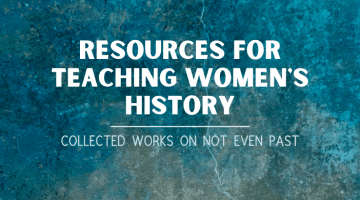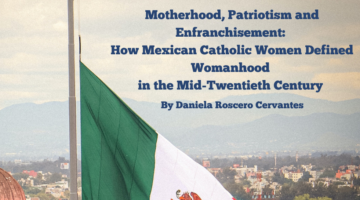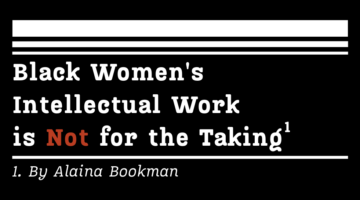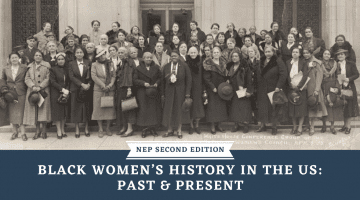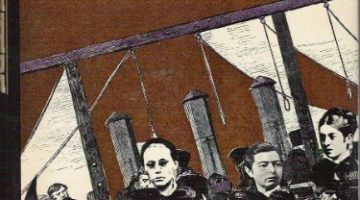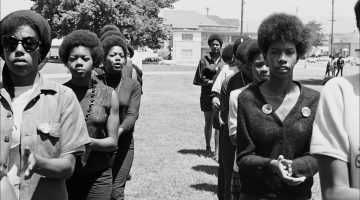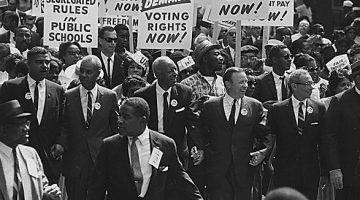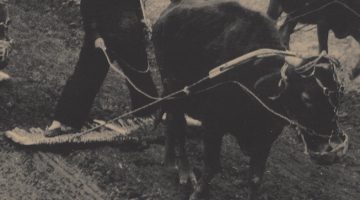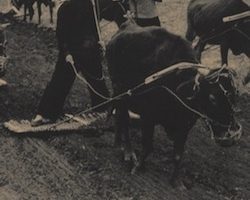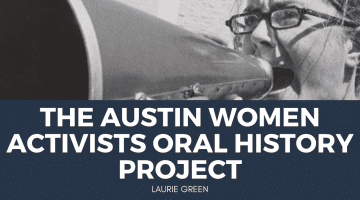
By Laurie Green Since 2017, undergraduate students in my postwar women’s history seminars have had the unique opportunity to engage in intergenerational dialogues with women who were student activists at the University of Texas and the surrounding community during the 1960s and 1970s. As part of the Austin Women Activists Oral History Project, they have […]
